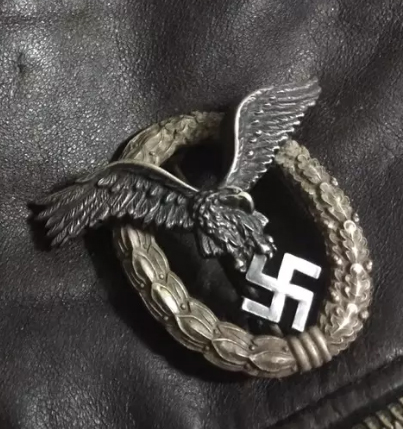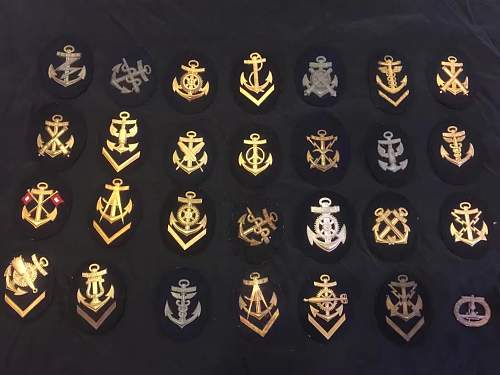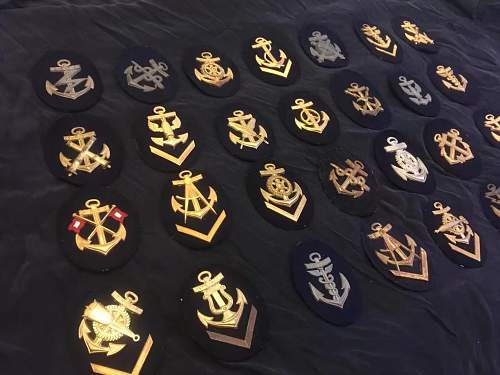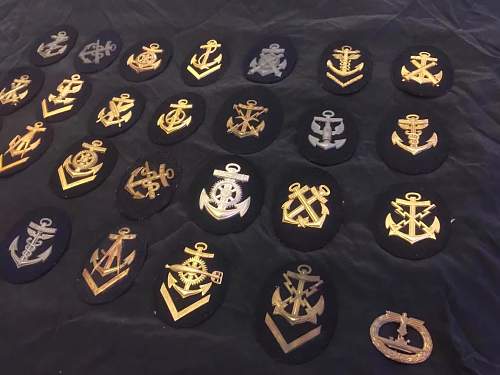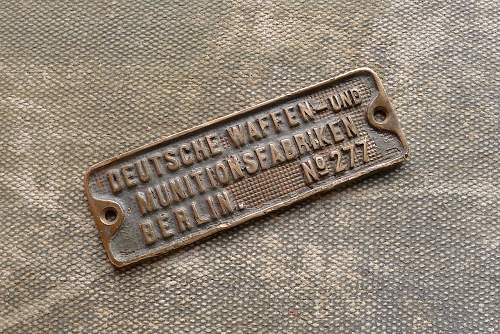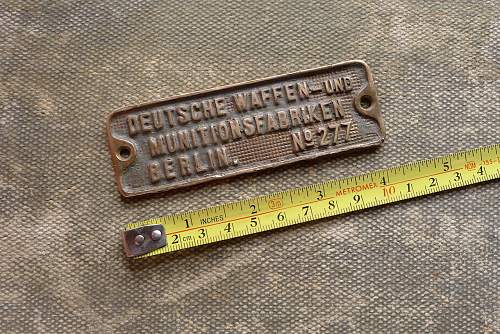Most of us would know the famous ‘Battle of the Bulge’ photos taken at the Kaiserbaracke crossroads in Belgium on the 18th December 1944 and the iconic directions
- Malmedy13km / St Vith 8km ….. but what about the other markings on that famous long gone signpost. :confused:
Known as I am for digging for the minutiae of history, the following is the background to those extra signs. While the ‘B’ and ‘Z’ signs remain a mystery - some long forgotten code? - the other two are researchable and provide an insight into the manic, adrenaline fueled days late in December during Hitlers final breakout attempt through the Ardennes forest.
Firstly the most readable is the top one - 202 ORD DEPOT FWD.
This denotes the forward depot / cache for the 202nd Ordnance company ( code named MISTLETOE ) This company was part of the 86th Ordnance supply Battalion based in Malmedy and had ( at the time ) over 600 tons of ordnance stockpiled there. As the Germans pushed on, something HAD to be done to prevent this falling into their hands.
Incidentally 10km to the southwest, drastic action was about to be taken at Stavelot, with the proposal to burn 400,000 fuel cans (2 million gallons ) that couldn’t be moved in time. The same couldn’t be allowed to happen at Malmedy - so on the 17th, a HUGE evacuation westward was done - the 72nd Ordnance group stationed at Verviers provided the lift, along with tank transporters of the 6th Battalion and trucks from the 310th main depot battalion and ALL was saved!cool militaria
The second identifiable sign is the small one between the directional signs - 203 or 293 ORD MM
This is the code / abbreviation for a Medium Maintenance Company - equally as important to where to get your ammo from is where to get your gear repaired!! This company had been located toward St Vith ( I haven’t found where ) and probably moved southward, but the following is an interesting description of what these Maintenance Companies ACTUALLY did.
Lt. Fred Kent wrote this explanation sometime in 1944 or 1945.
Let me familiarize the reader with the status and function of a Medium Maintenance Ordnance Company such as ours in the hierarchy of the Army.
First of all, we were designated as Army troops, meaning that the orders delineating the chain of command to which we were to respond and the military units to which we were to provide ordnance service emanated from the headquarters of the Army to which we were assigned. For example, upon being sent to Great Britain as part of the European Theater of Operations, we were assigned to the 1st Army and then in turn, the 1st Army Ordnance Officer assigned us to the 84th Ordnance Battalion HQ for administration. He also specifically designated the military units in our area for which we were to provide ordnance maintenance. Then, on going into France as a part of the Invasion, we were reassigned to a different Battalion HQ for administration, and our responsibilities changed to providing back-up ordnance maintenance for the 2nd and the 29th Infantry Divisions (they had their own ordnance companies) and to other separate artillery and engineering battalions participating in the invasion.
Before describing the nature of our operations, let me explain the meaning of Medium Maintenance in the name of our Company. Medium Maintenance represents the level or echelon of maintenance that we perform. First and Second echelon maintenance are the simplest levels of ordnance maintenance, capable of being performed by the using troops. Third and Fourth echelon maintenance, or medium maintenancethe levels that we performedrepresented repair by the more difficult tasks or assemblies, such as replacing an engine, transmission or differential, or recharging or replacing the recoil mechanism on an artillery piece. Fourth and Fifth echelon maintenance was performed by Ordnance Heavy Maintenance Companies and by Ordnance base shops, where they would completely rebuild the engines, transmissions and differentials.
In regard to function, it was our mission to provide ordnance maintenance and supply to the field troops that were assigned to us for operations. Our company comprised 7 officers, 1 warrant officer, and 168 enlisted men. It was made up of four platoons: The administrative platoon consisted of the company HQ, company supply, and the mess sections. The automotive platoon provided for the inspection and maintenance and replacement of jeeps, staff cars, trucks, and light and medium tanks in the hands of the combat troops. The armament platoon consisted of three sections: the small arms section inspected, maintained and reissued pistols, carbines, rifles, automatic rifles, sub-machine guns, machine guns, flare guns, and light mortars in the hands of the using troops; the artillery section inspected, maintained and reissued artillery from the 75mm mortar up to the 155mm gun, as well as artillery mounted on tanks; and the instrument section inspected, maintained and reissued watches, binoculars, and the artillery fire control instruments such as the various optical sights. Lastly, the ordnance supply platoon kept an inventory of spare parts for issue to the troops we served as well as to our own platoons.
So there dear friends ….. more trivia for us militaria tragics to digest!! ( and you thought it was ‘just’ a road sign, eh? )
Cheers all, Dan

